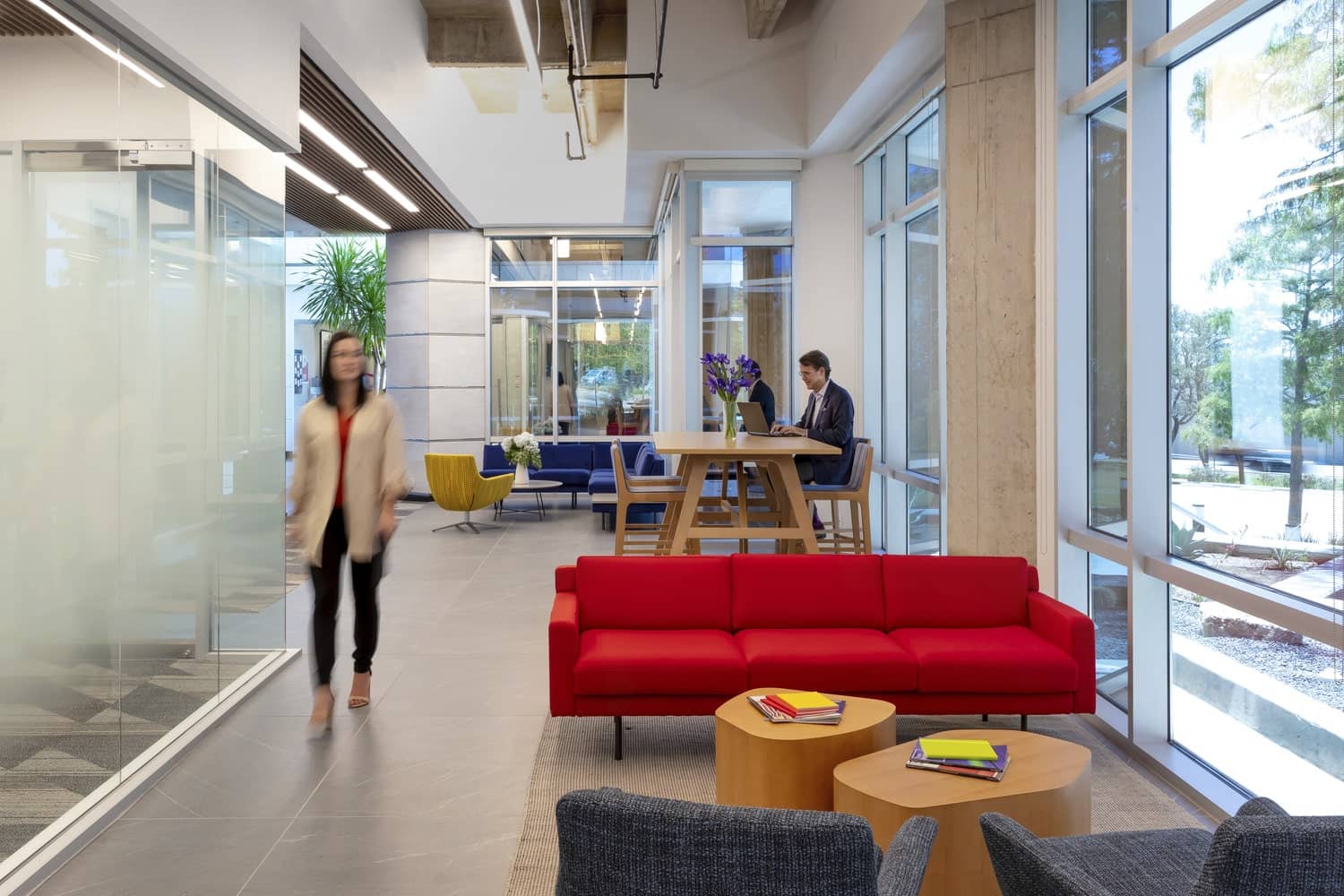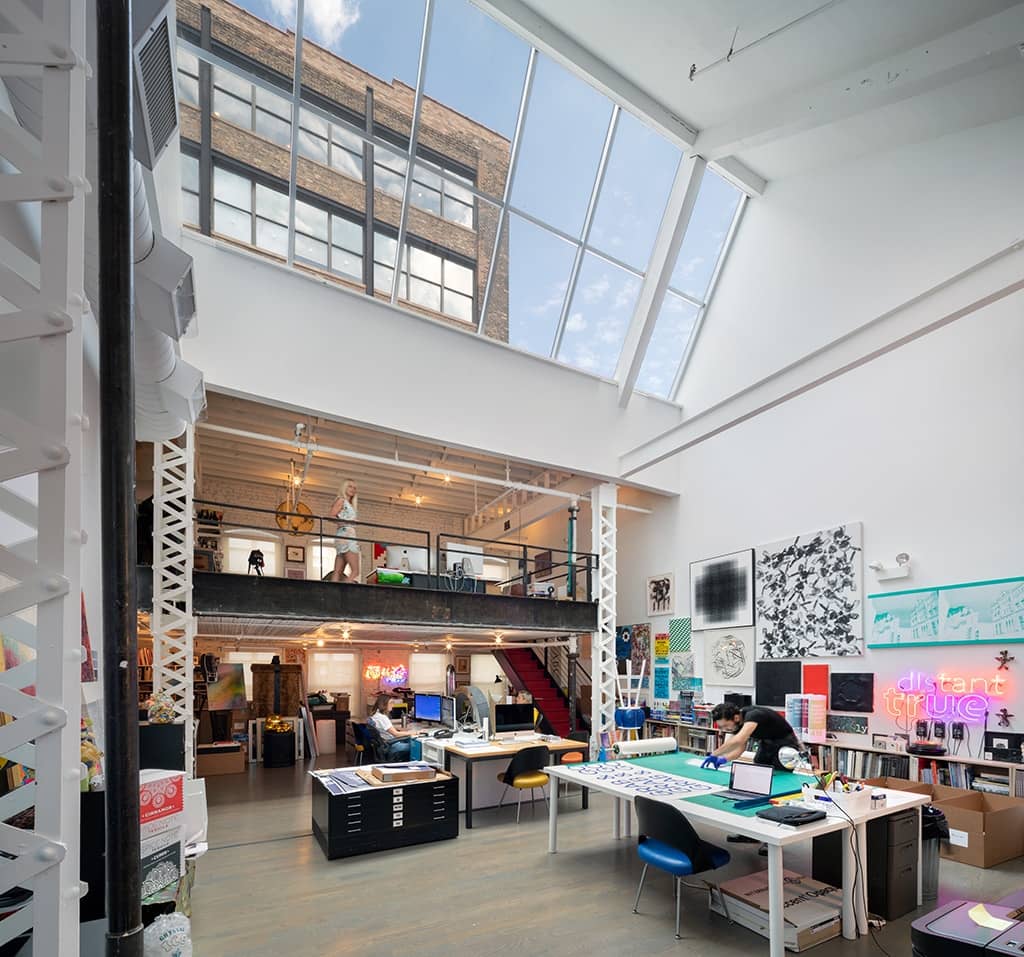For decades, the life sciences community has turned out advancement after advancement. Instead of blindness, we now have the ability to treat cataracts. Rather than paralysis, we have virtually eliminated polio. HIV is not a death sentence; continuous glucose monitors can help diabetic patients; we’re having more success with certain cancers; and artificial hips and knees can create years of mobility.
No less important, additional advances are in the works. There’s research into gene editing with CRISPR, mRNA vaccines to fight specific cancers, and even implanted brain-computer interfaces to help paralyzed patients regain movement. It may sound like science fiction, but such patient-centered healthcare research is real, well-funded, and if successful has the potential to improve millions of lives.
The Life Sciences and Commercial Real Estate (CRE)
Life sciences organizations require specialized facilities and represent a significant part of the CRE marketplace. They also need the best possible personnel, the rare individuals with the talent and savvy to push the borders of known science.
Development magazine, published by NAIOP, said in 2021 that the “demand and competition for talent is central to the continued success of these life sciences companies. And workspace — whether repurposed or built anew — is a key part of that strategy. It serves to attract and retain employees and to create the conditions that lead to innovation.”
You need highly-skilled people to be successful in this specialized industry and, in turn, you need facilities and locations to attract those individuals. The result is that life science facilities are an expanding part of the CRE scene.
- JLL explained in September 2022 that “while we’d never call any industry recession-proof, the life sciences industry is better positioned than most because of its countercyclical drivers.”
- There is demand. CommercialEdge said that in 2022 the average life science facility was “trading at $645 per square foot, 150% higher than the overall average of $258 per square foot for general office buildings. Buildings that are candidates for lab space conversions can command higher prices, too.”
- Life sciences development is strong. “Under-construction projects in the top 12 U.S. life sciences markets increased by 44% overall last year,” according to an April report from CBRE. It added that “ground-up development increased by nearly 42% and lab and R&D conversions increased by 49%.”
Life Sciences Funding
North American life sciences organizations received $70 billion in private equity and National Institutes of Health (NIH) funding in 2020 and a record $78 billion in 2021, according to Cushman & Wakefield. This money flows into the life sciences for two central reasons: No one wants to be sick — and the success of various biotech research is central to the economy.
For example, Medicare and Medicaid are two of the largest programs operated by the federal government. The Peter G. Peterson Foundation explains that, going forward, the cost for such programs is “projected to rise by 68% over the next decade and will exceed all other categories of federal spending in 2030.”
However, there’s a very real possibility that while such costs will grow, they may not increase as much as projected and maybe even shrink. The reason? Using research to cure or control a variety of illnesses and conditions has significant savings potential.
Think of the Salk polio vaccine. Its introduction in 1955 has meant that hundreds of thousands of people never got the disease nor suffered from its paralysis. Such results represent a wonderful benefit for individuals as well as massive financial savings for insurance plans and government programs.
Life Science, Data, and Patient-Centered Healthcare
The world has become increasingly complex, a reality that’s surely apparent to anyone who’s dealt with the healthcare system. Such complications produce excess costs and missed treatment opportunities, but now — with the availability of Big Data — new treatment approaches and more personalization are possible.
Better data, says Medtronic, a major tech provider, “has the power to create solutions that are safe, effective, and tailored for individual patients, no matter who they are or where they live.”
Purpose-Built Versus Conversion Options
Both purpose-built and conversions can work for life sciences activities. The big question concerns which option is best in a particular situation, a question that raises a number of issues, including:
Load capacity per floor. Thomas Jensen, writing in the New England Real Estate Journal, said in 2019 that “laboratory floors must be able to support 125 to 150 pounds per square foot for lab as opposed to 80 to 100 pounds for office.”
Ceiling height. Higher is better — 16 feet is a typical height for the life sciences, but lower heights may be acceptable in some situations. A higher ceiling makes it easier to install the specialized power, ventilation, and plumbing that a laboratory may require.
Vibration tolerance. According to SGA, a firm that provides architecture and related services, “typical office buildings are designed to limit floor vibrations to 4,000 MIPS (micro inches per second) and labs using sensitive 400X magnification scopes may require a structural frame with vibrations at or less than 2,000 MIPS. Typical causes of vibration are long-span structures and transportation infrastructure adjacent to the buildings.”
The amount of specialized space needed. Martin L. Togni, an attorney with the California firm of Allen Matkins Leck Gamble Mallory & Natsis, says that space needs are in flux. “What used to be an 80 to 20% ratio (with more labs than office) is now closer to 50/50.”
Togni adds that “much of the lab equipment used today is much smaller than it was years ago. Also, there’s a much broader mix of people in life sciences; it’s not made up completely of people who wear lab coats. Life science companies are employing more tech workers and fewer people to work in wet labs.”
Urgency for new facilities. In general, a conversion is faster to complete than a new property because much of the structure and site development are already in place.
Finding the most accommodating metro areas. The largest life-sciences centers today are in such established metro areas as San Francisco and San Diego, California, and Boston, Massachusetts. However, there are other emerging markets such as Austin and Dallas, Texas, where local population growth, relatively low housing costs, and the absence of state income taxes, have made it all the more attractive.
The life sciences industry is a “major economic driver providing high salaries that continuously attract both local and out-of-state educated workers,” said Tim Helgeson, Senior Vice President of Asset Management and Acquisitions at KBS, which owns such assets in San Diego and Austin.
Helgeson also points out that the “U.S. government recently increased funding for life sciences. Job creation and overall life sciences employment saw a year-over-year rise of 5.3% in January 2022. More specifically, nationwide the biotech research and development subsector — a major segment of the San Diego life sciences market — experienced more than 11% growth in employment during that same period.”
CRE Demand, Life Sciences, and Covid-19
The promise of life sciences advances has long attracted researchers, investors, government funding, and public interest. The Covid-19 pandemic gave the sector a new immediacy and importance. A recent government report estimates that COVID-19 vaccinations in 2021 resulted in 650,000 fewer hospitalizations and 300,000 fewer deaths. These numbers apply only to Medicare beneficiaries, the actual benefits from Covid vaccines are actually much greater.
One result is that life science facilities are in demand.
“The COVID-19 crisis,” said Tradeline, “heightened national awareness around the need for increased research, diagnostic, and domestic manufacturing capabilities.”
It added that “investors are also seeing significant potential in the future of personalized medicine, genomics, and other life science-related fields, as emerging technologies and research disciplines converge.”
There’s Still Much Work to Be Done
Events over the past few years have given fresh attention to the life sciences. There’s new hope for those with cancer, multiple sclerosis, diabetes, and other diseases.
In 1930 the U.S. life expectancy at birth was 58 years for men and 62 years for women. Things have changed, however. U.S. life expectancy at birth reached 76.1 years in 2021, far longer than in 1930. But life expectancy in 2020 was 77.0 years and longer still in 2019 at 78.8 years.
“The declines in life expectancy since 2019 are largely driven by the pandemic,” said the Centers for Disease Control and Prevention. “COVID-19 deaths contributed to nearly three-fourths or 74% of the decline from 2019 to 2020 and 50% of the decline from 2020 to 2021.”
The work of the life sciences community is not done. Yes, there have been enormous strides, but as with Covid there is also much more to do. The problems being tackled are so complex and so numerous that the need for life sciences research should continue far into the future. And with that research will be an ongoing demand for the specialized laboratories, offices, facilities, and warehouses that the CRE sector will provide.
Learn more about commercial real estate, visit KBS.com/Insights.




